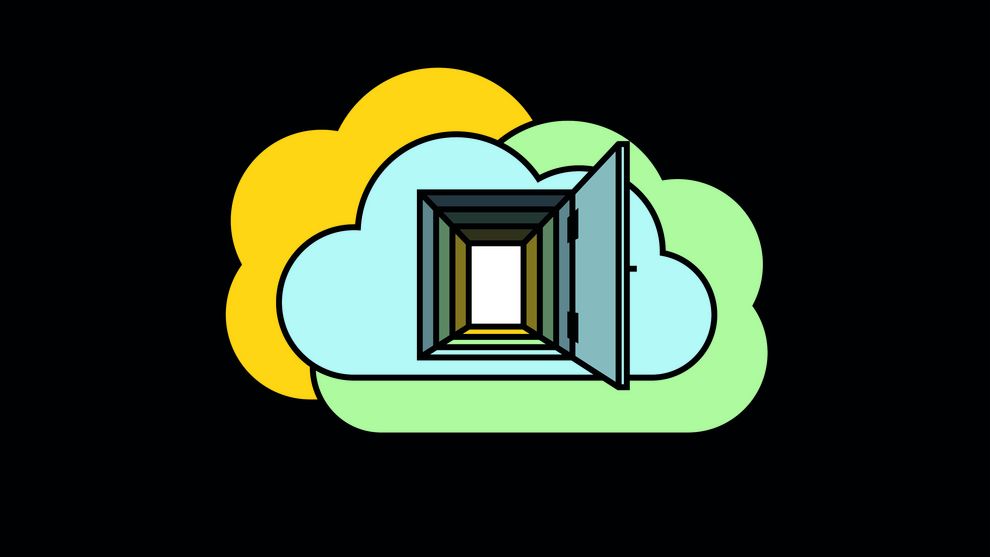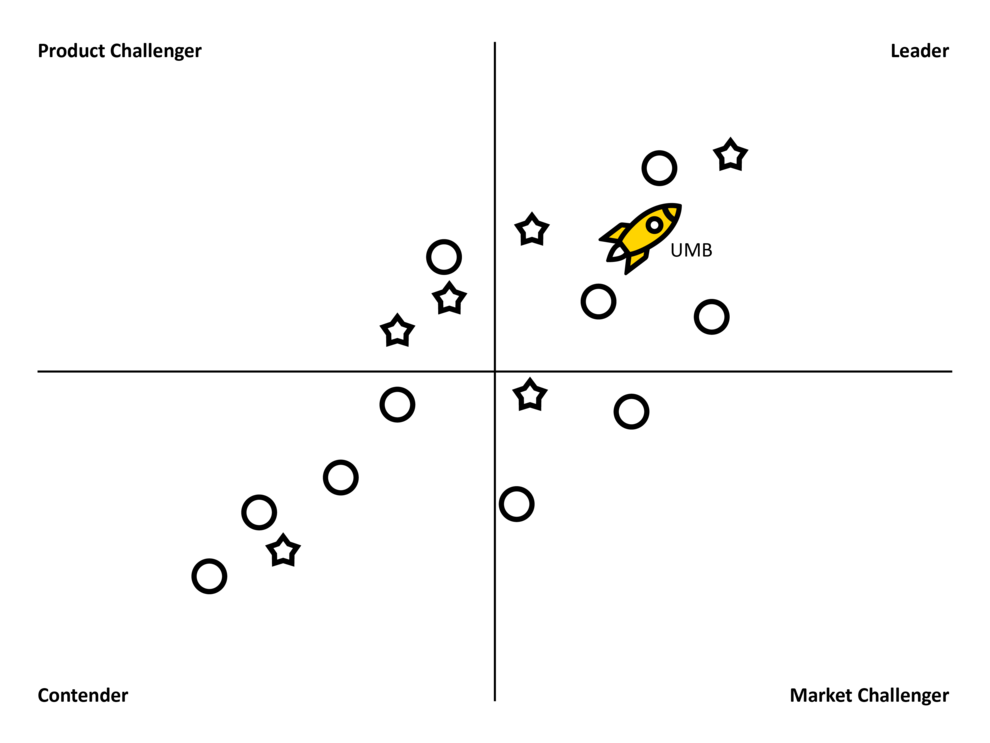The Many Benefits and Opportunities of a Forward Cloud Strategy.
SMEs as well as large enterprises are investing billions worldwide to migrate their data and IT workloads to the cloud. In doing so, they are contributing to a veritable cloud boom. The advantages of the cloud are far-reaching: it facilitates the use of new technologies, is almost infinitely scalable, increases business flexibility, and also saves money. However, with the boom has come a huge range of offerings, making it difficult to make the right choice.
#Cloud Services
Success brings growth, and that's exactly what multi-cloud platforms are designed for[1]. They scale easily and almost limitlessly - it's always possible to add data and applications without affecting existing ones. If one provider can't meet an organization's needs, other options are available - the backup plan is effectively built in. Different data and applications can be handled optimally in different clouds, while keeping costs down and ensuring data sovereignty. Security also speaks for cloud deployment: application failures can be minimized by using multiple services.
The current cloud market and its segments
Gartner researchers predict massive growth in the public cloud market over the next years: According to their report, more than 45 percent of IT spending on system infrastructure, infrastructure software, and application software will be moved to the cloud by 2024. Gartner has also forecast the growth of the various segments for the next two years[2]. According to the study, companies are currently spending just under 258 billion US dollars on cloud services worldwide. In 2022, this figure will rise to 362 billion. In 2024, cloud revenues will account for more than 14 percent of corporate IT spending. This growth is not surprising: companies using the cloud can focus on their core business instead of IT processes and infrastructures, and reduce their IT costs.
Software as a service
Currently, SaaS is the biggest public cloud segment. Enterprises will pay 102 billion US dollars to public cloud providers this year for the provision of such services. SaaS provides cloud applications for end users that can be accessed via the Internet and do not need to be installed on a local device. Well-known examples, known by millions of users, are Microsoft Office 365 as well as Gmail by Google. SaaS providers take care of all arising infrastructure tasks, patches, and updates. Software from the cloud is usually very easy to set up as well as very scalable - and therefore extremely efficient. Gartner estimates that this market segment will be worth more than 138 billion US dollars in two years.
Infrastructure as a service
Hardware also comes as a cloud service package: This year, more than $42 billion dollars’ worth of IaaS services will be sold worldwide. Customers pay for the provision of hardware such as computers, storage space, and networks. The advantages: Clients pay only for such hardware services as they really need. There are no capital costs. With IaaS, a cloud computing provider manages the infrastructure while customers buy, install, configure, and administer their own software (operating systems, applications, middleware). Two years from now, such services are expected to generate more than 82 billion dollars in worldwide revenue.
Platform as a service
PaaS, as the name suggests, provides entire cloud platforms that make it possible to deliver cloud-based applications. It is used to create, manage, and operate applications without the effort and expenditure of building and supporting on-premise infrastructure. The resources needed are provided by a cloud provider. Only what is needed is paid for. PaaS comprises not only hardware but also software, development tools, middleware, as well as management systems for databases. With PaaS, costs and effort usually associated with purchasing and managing software licenses can be avoided. PaaS customers only administer those applications that they develop themselves - all other applications and services are usually managed by the cloud service provider. PaaS revenues stand at just under $38 billion dollars this year; according to Gartner, revenues from such services are expected to rise to $69 billion dollars in two years' time.
Serverless computing
Serverless computing allows applications and services to be created or run via the cloud without the need for the user to manage the infrastructure[3]. Instead, code execution is completely administered by a cloud service provider. Of course, servers are still used in serverless computing - but users can ignore them because it happens at a cloud provider. Serverless computing and platform as a service are similar cloud offerings. Serverless applications, however, scale automatically, instantly and on demand. In contrast, instant and automatic scaling is not a typical PaaS characteristic. Serverless offerings are also delivered as function as a service (FaaS). Serverless computing is a relatively young market, but is nevertheless worth over six billion dollars already. Leading vendors include AWS, Microsoft, Google, Oracle and IBM.
Cloud computing enables your business to optimize IT costs, support your home office workforce, and ensure the resilience of your IT infrastructure. At UMB, we are data center, cloud, and connectivity specialists. We have the best partners, the necessary expertise, and the appropriate infrastructures to deliver the right services for you. Please contact us.
[2] https://virtualizationreview.com/articles/2020/11/17/cloud-spending.aspx


